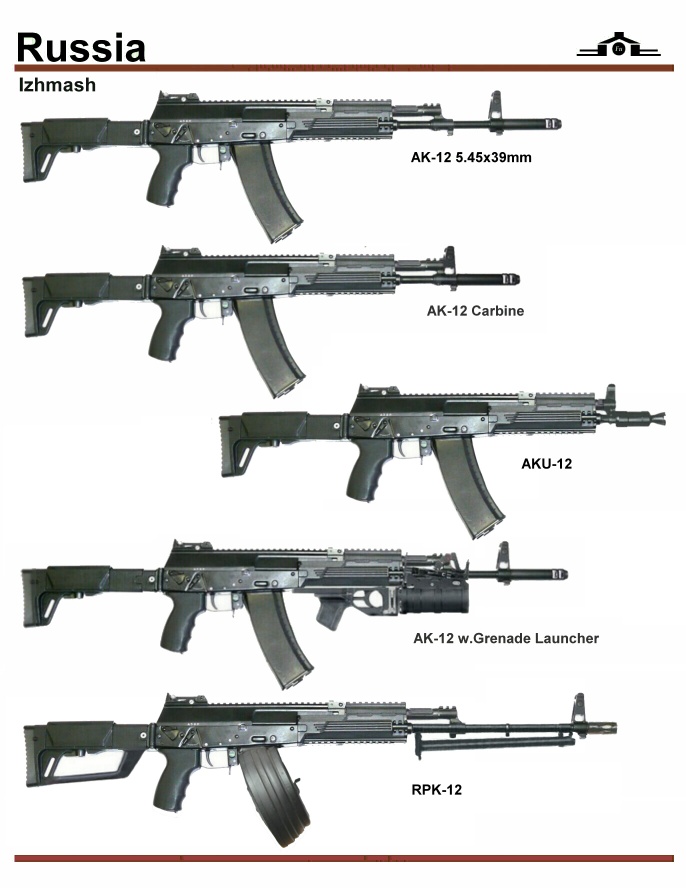They've done tests over the years and concluded that the 5.45x39 doesn't do any unusual damage to tissue compared to other rifle bullets. I suspect the Afgans didn't have proper medical treatment so the bullets were "poison" to them.
Tests done in the west show tissue damage comparable to the 5.56mm round without fragmentation. The 5.45mm round tends to tumble on impact which means large wound channel and also a tendency for the round to change path up to 90 degrees in soft tissue... which led to bullets exiting from places that were hard to find because they were not lined up with the entry wound.
Rumours of the poison bullet were perfectly justified despite poor medical support in afghanistan.
In fact the 5.45mm round was so successful with its hollow tip and rear heavy design the current NATO 5.56mm round has a steel tip and a lead rear to make the round rear heavy to achieve the same effect on target. The 5.45mm round retains it shape and is not a soft nose or open hollow tip round in the conventional sense. The purpose of the hollow tip is merely to move the centre of gravity back so that when it impacts something it will naturally tumble.
Would suggest you look up the work done by Dr. Flacker in that regard.
I believe corruption in the Russian military is one reason why a lot of arms ended in Chechen hands.
Most of the arms in Chechen hands was taken directly from Soviet weapon stores on Chechen territory. Corruption had little to do with most of the equipment they had... it would be like a US state wanting to withdraw from the US, depending on the state there will be lots of military bases and weapon storage facilities within that state they could take over and use. Nothing at all to do with corruption.
AFAIK the newer 5.45mm rounds are designed to be more stable to improve their penetration and slightly heavier to improve their effective range and accuracy.
One of the biggest problems with the small calibre ammo is that it is fairly easily deflected.





